Malagasy Cuisine Adventures: From Street Food to Fine Dining
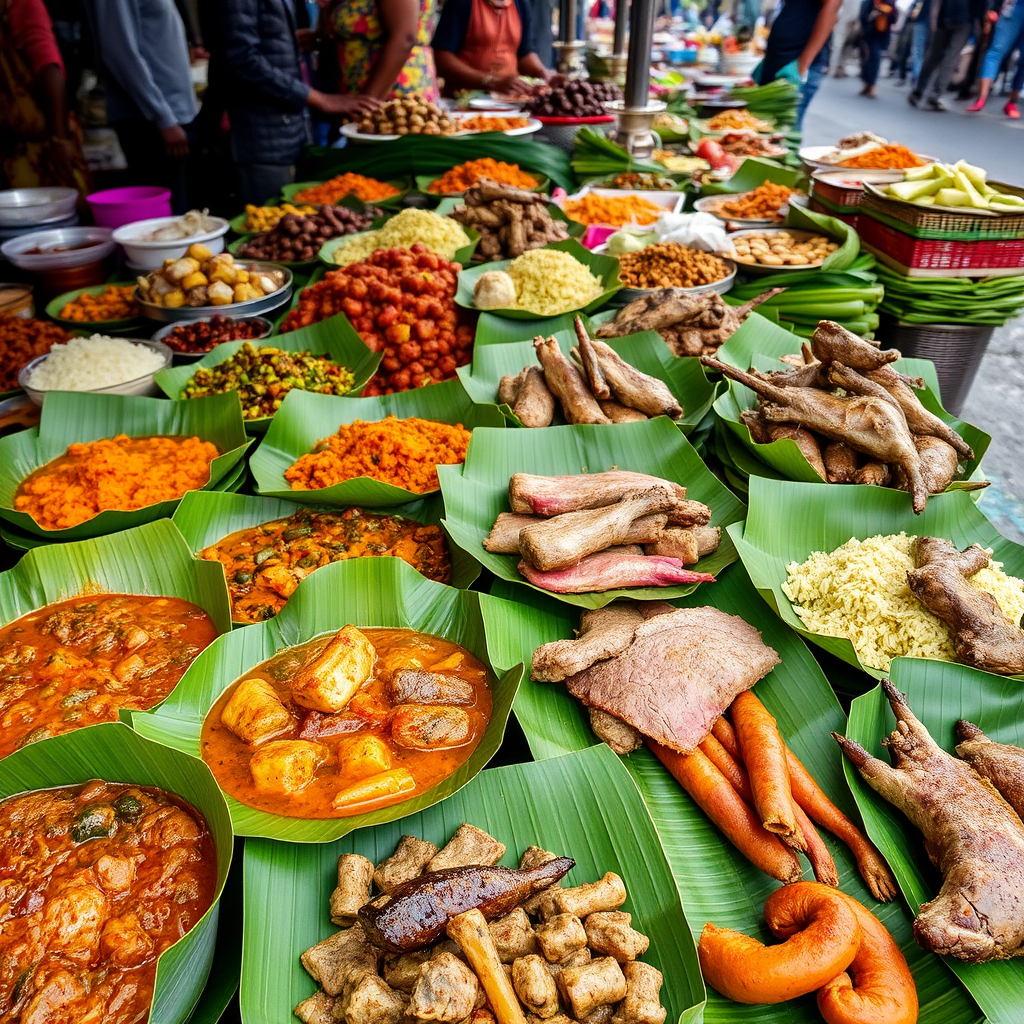
A Fusion of Cultures on Your Plate
Madagascar's cuisine tells the story of its people—a beautiful blend of African roots, Asian influences from early settlers, and French colonial heritage. This unique combination has created a food culture unlike anywhere else in the world, making it one of the most exciting places to visit in Madagascar for food enthusiasts.
The island's isolation has allowed these culinary traditions to evolve independently, resulting in dishes that surprise and delight even the most seasoned travelers. From the bustling markets of Antananarivo to remote village kitchens, every meal is an adventure waiting to unfold.
Street Food Culture in Antananarivo
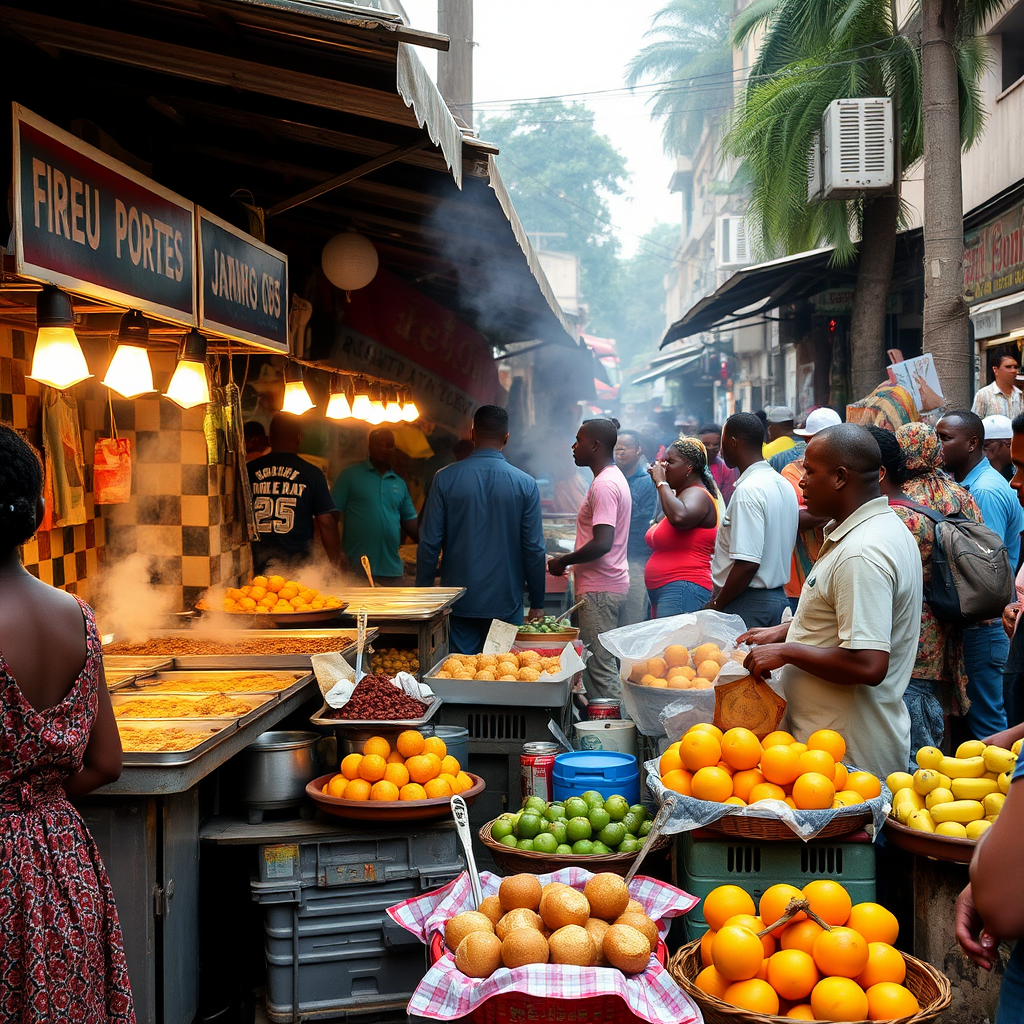
The capital city's streets come alive with the aroma of sizzling street food. Vendors line the sidewalks with their portable kitchens, serving everything from crispy sambos (savory fried pastries) to sweet mofo gasy (traditional rice cakes). These affordable treats offer visitors an authentic taste of daily Malagasy life.
Must-Try Street Food Favorites
- Sambos: Triangular pastries filled with meat, vegetables, or cheese
- Mofo gasy: Sweet rice cakes perfect for breakfast
- Koba: Steamed peanut and rice flour cake wrapped in banana leaves
- Fresh tropical fruits: Lychees, mangoes, and exotic local varieties
The best time to explore street food is early morning when vendors prepare fresh batches, or late afternoon when locals gather for their evening snacks. The social aspect of street food culture provides incredible opportunities to connect with locals and learn about Madagascar tourism from a grassroots perspective.
Traditional Village Cooking Methods
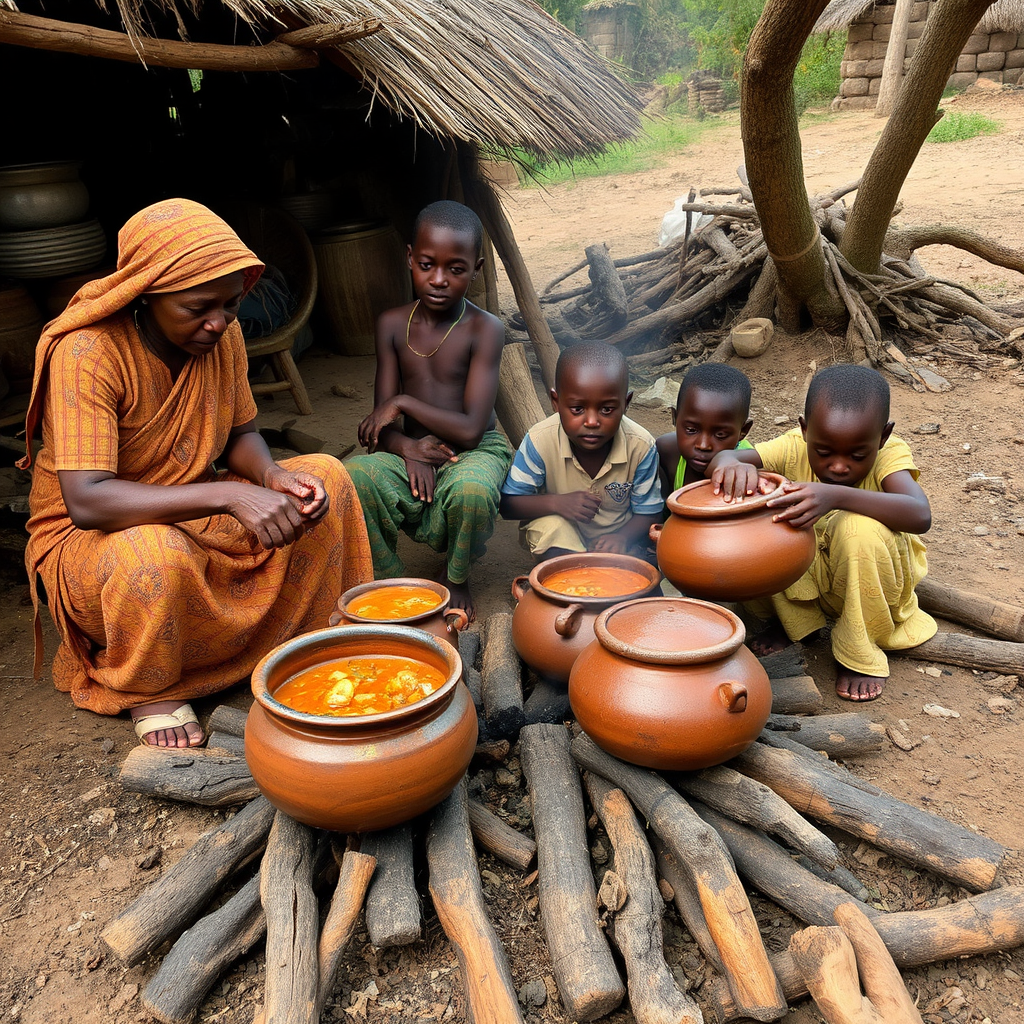
Venturing into Madagascar's rural villages reveals cooking methods unchanged for generations. Clay pots bubble over wood fires, filling the air with aromatic spices and herbs. These traditional techniques not only preserve authentic flavors but also connect visitors to the island's rich cultural heritage.
Village cooks use locally foraged ingredients, creating dishes that truly represent the terroir of their specific region. Each village has its own variations of classic recipes, making every meal a unique discovery for travelers exploring different places to visit in Madagascar.
Signature Dishes You Must Experience
Romazava: The National Dish
No culinary journey through Madagascar is complete without tasting romazava, the country's beloved national dish. This hearty stew combines zebu meat (or sometimes pork) with leafy greens called anamalao, creating a comforting meal that embodies the essence of Malagasy cooking.
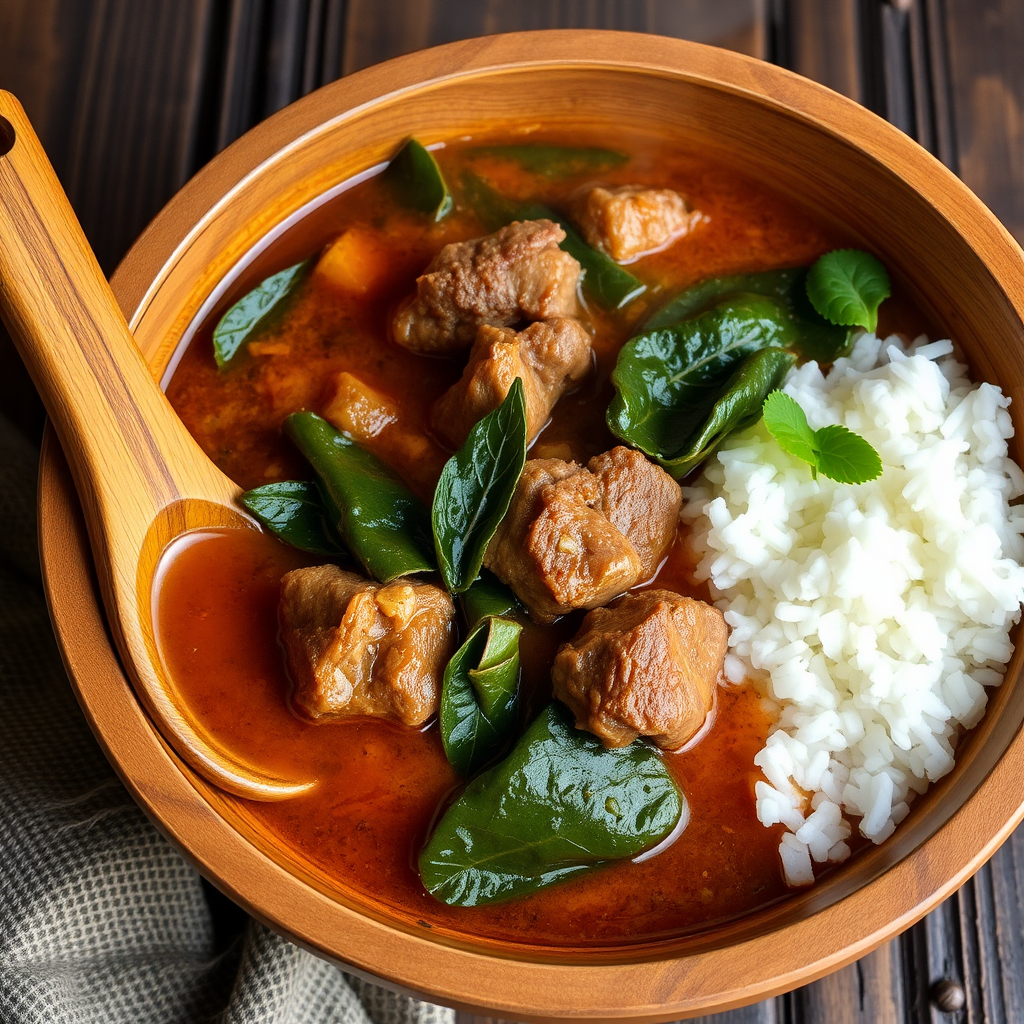
Ravitoto: Comfort Food at Its Best
Ravitoto showcases the ingenuity of Malagasy cuisine—pounded cassava leaves slow-cooked with pork or beef until they reach a creamy consistency. This protein-rich dish demonstrates how local ingredients are transformed into satisfying comfort food that sustains families across the island.
Fresh Zebu Preparations
Zebu cattle, with their distinctive humped backs, provide the primary red meat in Madagascar. From grilled steaks seasoned with local herbs to slow-braised stews, zebu meat offers a unique flavor profile that's leaner than conventional beef but incredibly flavorful when prepared with traditional techniques.
Upscale Dining and Modern Malagasy Cuisine
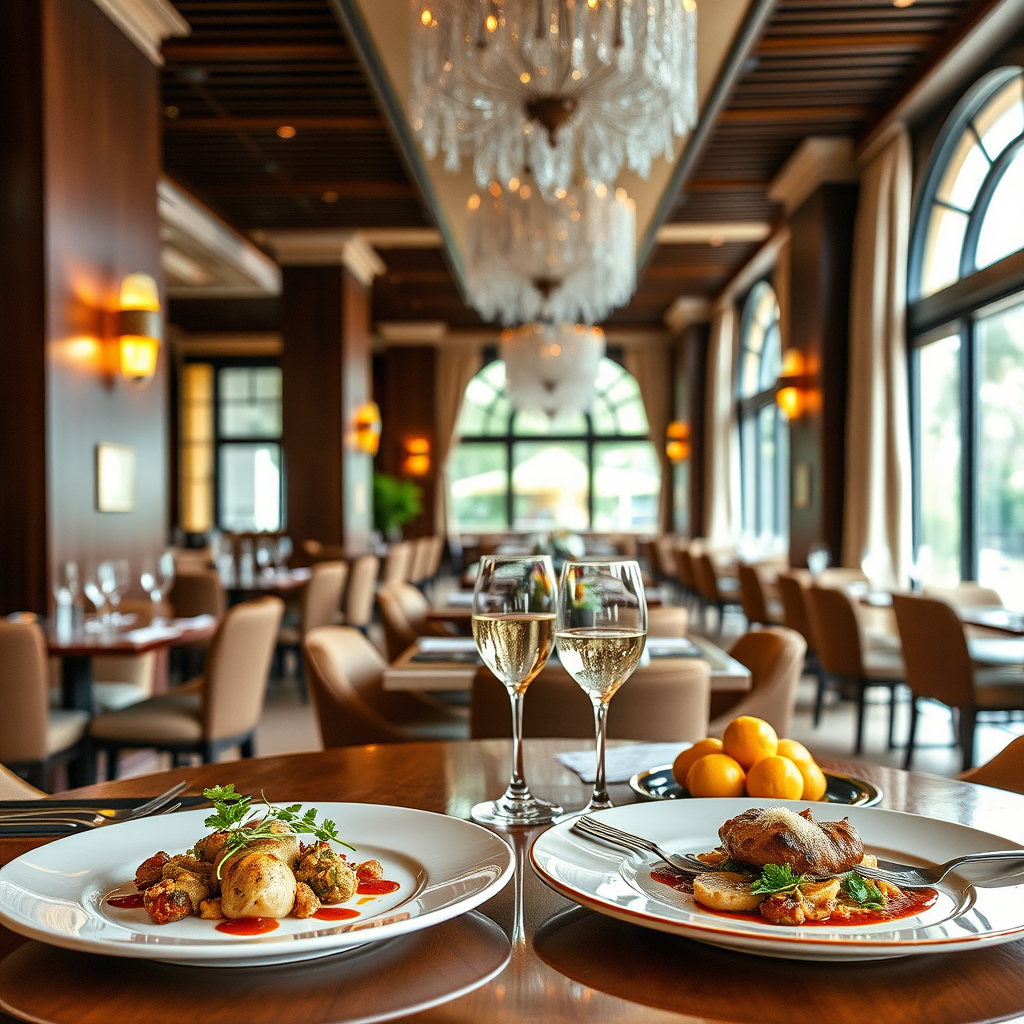
Madagascar's culinary scene has evolved to include sophisticated restaurants where talented chefs reimagine traditional dishes with modern techniques. These establishments offer visitors a chance to experience familiar flavors presented in innovative ways, often incorporating French culinary methods with local ingredients.
Upscale restaurants in Antananarivo and tourist areas like Nosy Be now serve deconstructed versions of classic dishes, fusion creations that blend Malagasy spices with international cuisines, and tasting menus that tell the story of the island's culinary evolution.
Wine and Beverage Pairings
Madagascar's emerging wine industry produces unique varieties adapted to the tropical climate, while traditional beverages like ranon'ampango (rice water) and fresh fruit juices complement spicy dishes perfectly. Many fine dining establishments now offer curated beverage pairings that enhance the dining experience.
Essential Food Safety Tips for Adventurous Travelers
Exploring Madagascar's diverse culinary landscape requires some practical precautions to ensure your food adventures remain enjoyable throughout your trip. These guidelines will help you savor local flavors while maintaining good health.
Safe Eating Practices
- Choose busy street stalls with high turnover
- Ensure meat is thoroughly cooked
- Opt for hot, freshly prepared foods
- Avoid raw vegetables unless you can peel them yourself
- Stick to bottled or boiled water
What to Watch For
- Food sitting out for extended periods
- Unpasteurized dairy products
- Ice in drinks (unless from trusted sources)
- Seafood in inland areas
- Uncooked sauces and condiments
Seasonal Specialties and Regional Variations
Madagascar's diverse climate zones create distinct regional cuisines that change with the seasons. Coastal areas excel in seafood preparations, while highland regions specialize in hearty meat dishes and root vegetables. Understanding these variations helps travelers plan their culinary adventures around seasonal availability and regional specialties.
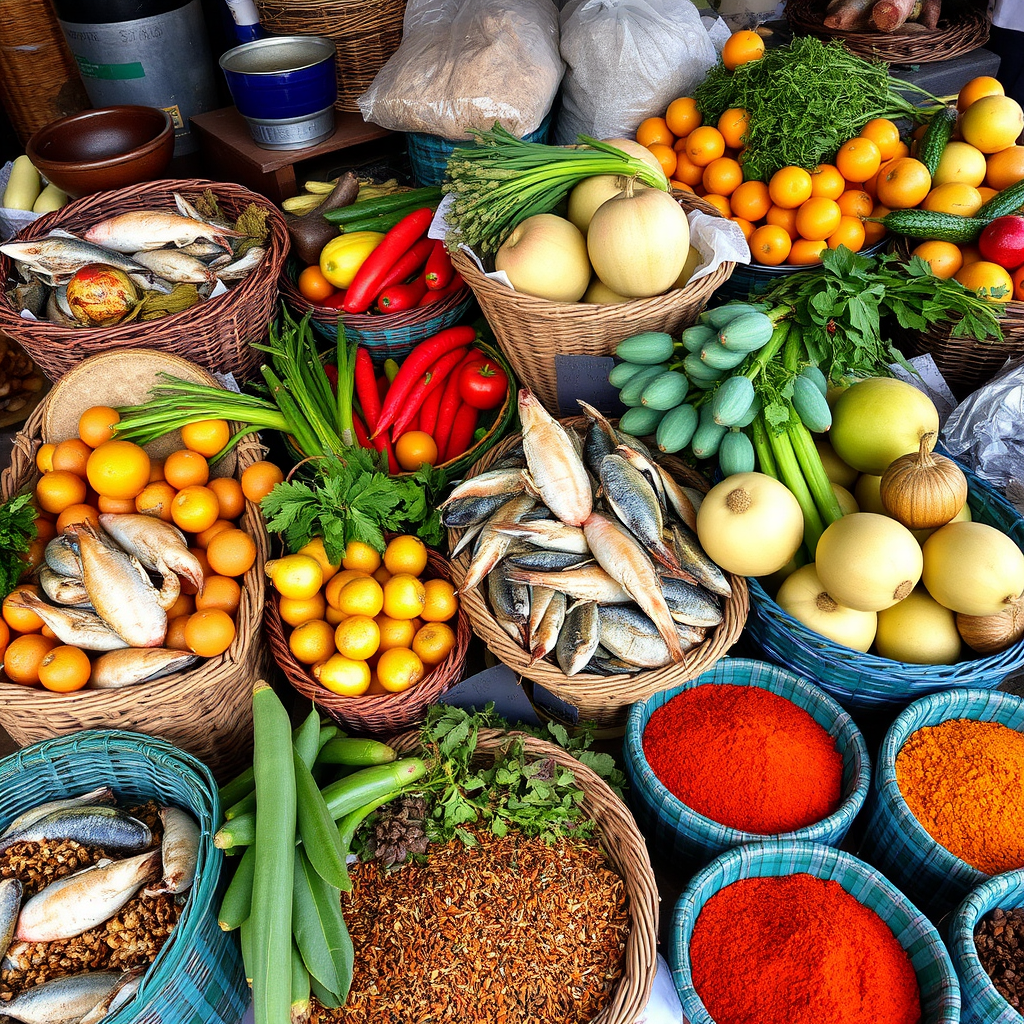
The rainy season brings abundant fresh produce and is ideal for experiencing fruit-based dishes and refreshing beverages. The dry season showcases preserved foods and heartier preparations that sustained communities through leaner months, offering insight into traditional food preservation methods.
Planning Your Culinary Adventure
Madagascar tourism offers incredible opportunities for food-focused travel experiences. Whether you're interested in cooking classes with local families, guided market tours, or progressive dining experiences, the island provides countless ways to engage with its culinary culture.
Consider timing your visit to coincide with local festivals and celebrations, when traditional foods take center stage and communities come together to share their culinary heritage. These events offer unparalleled opportunities to experience authentic Malagasy hospitality and cuisine.
From humble street food stalls to elegant restaurants, Madagascar's culinary landscape reflects the warmth and creativity of its people. Every meal becomes a cultural exchange, every dish tells a story, and every bite connects you deeper to this extraordinary island nation.
Ready to embark on your own Malagasy culinary adventure? The flavors of Madagascar await your discovery.